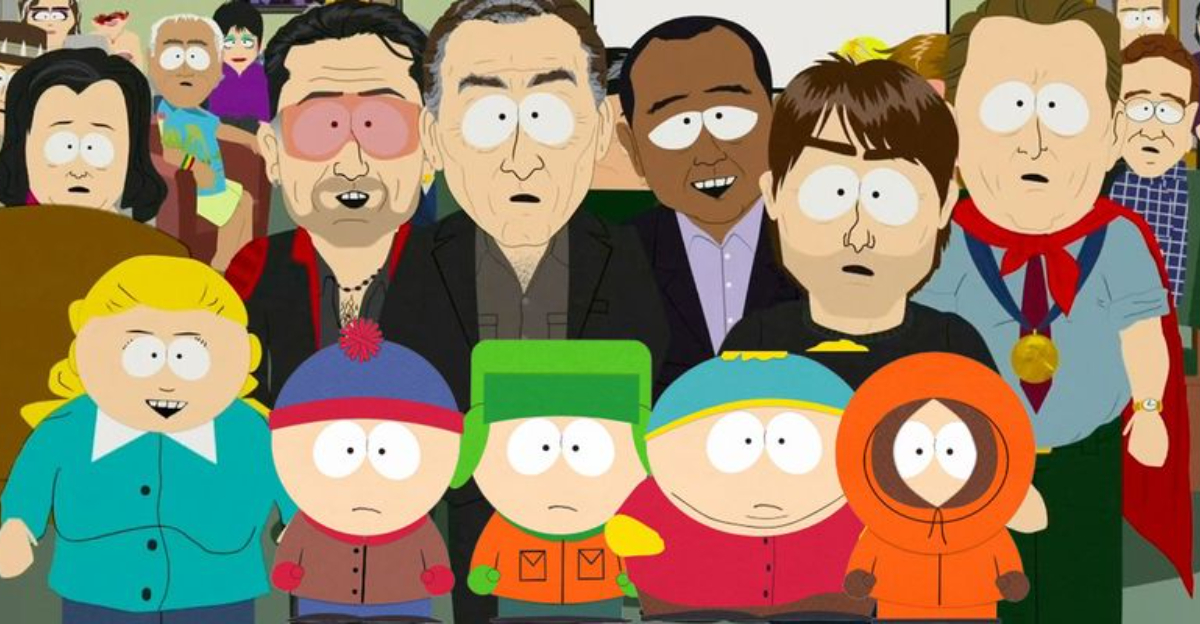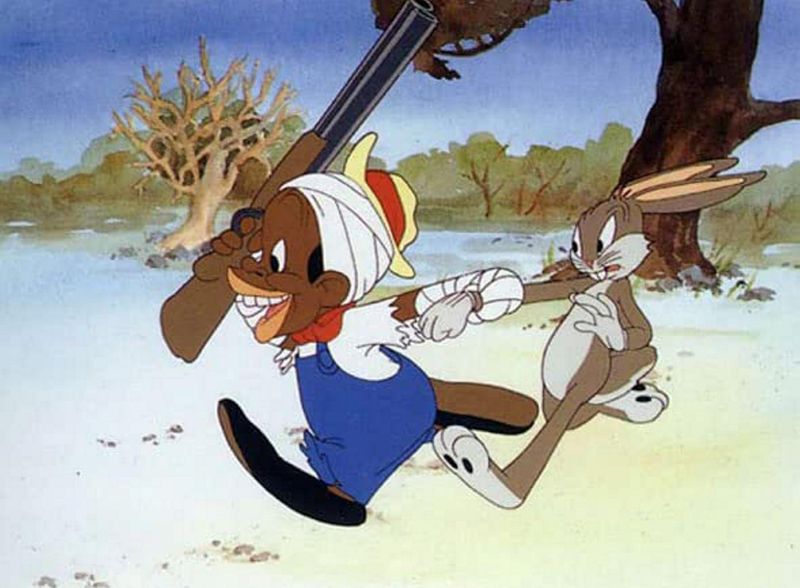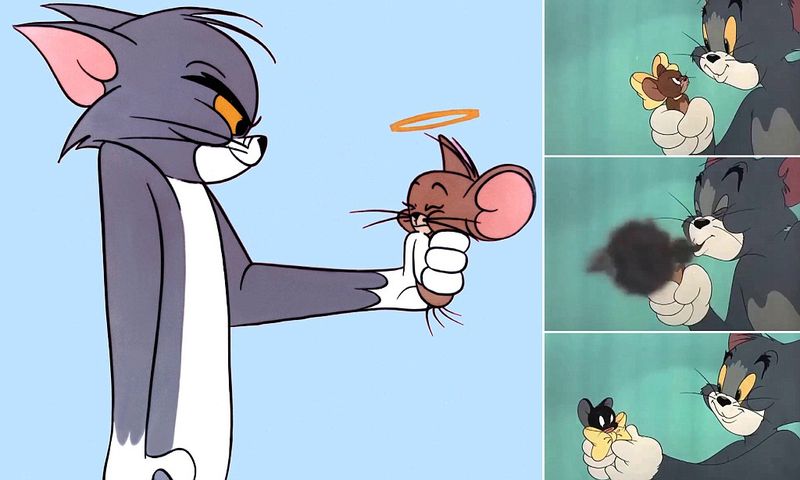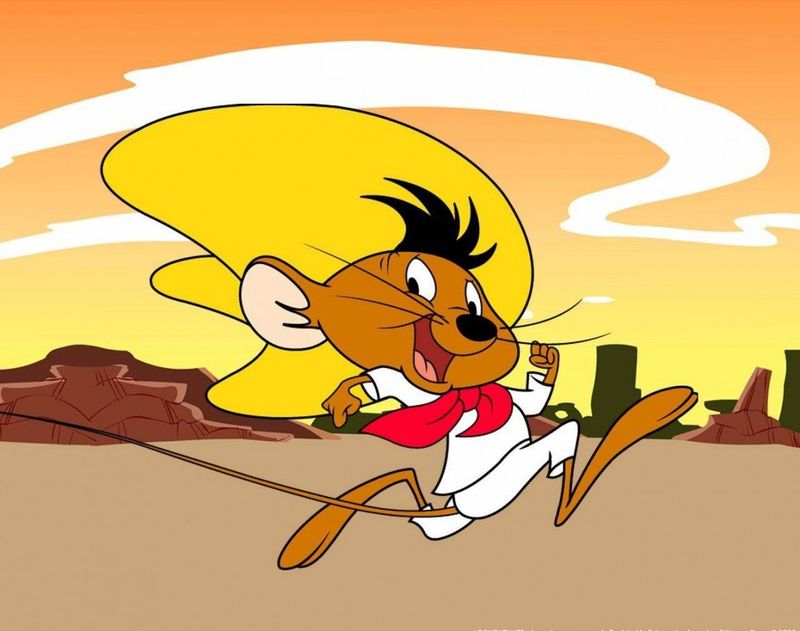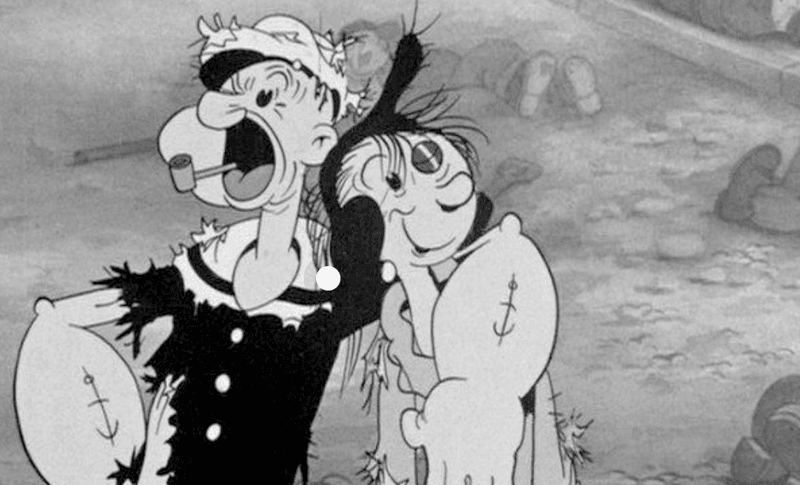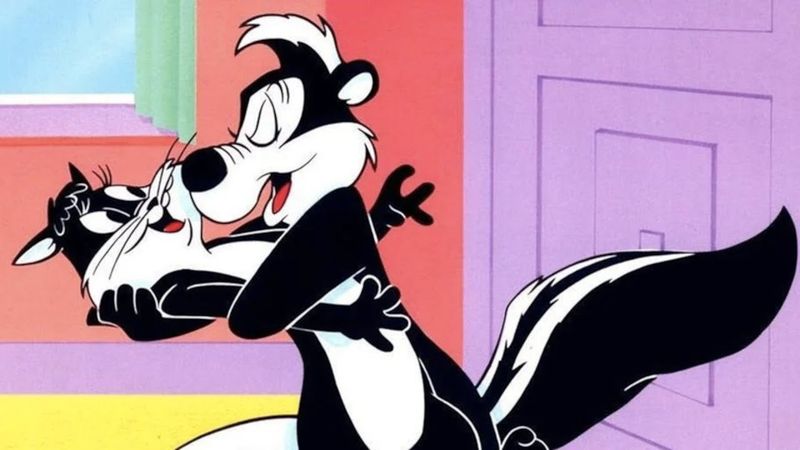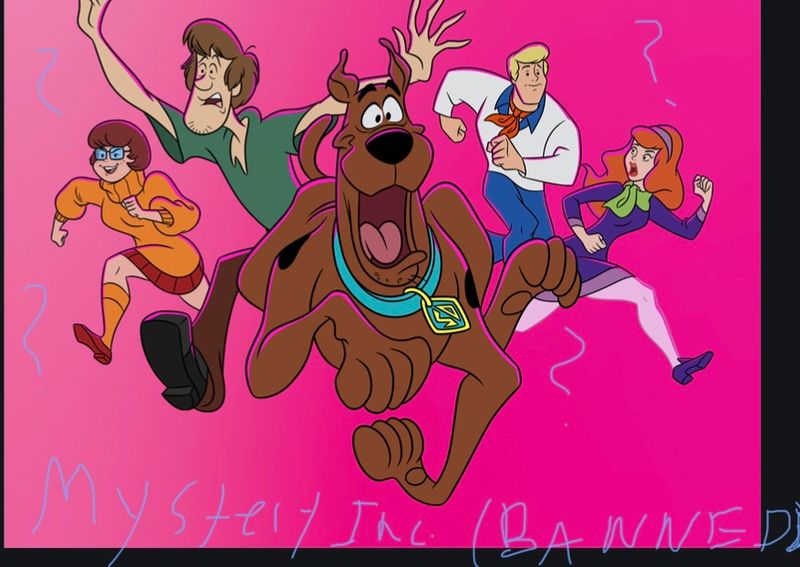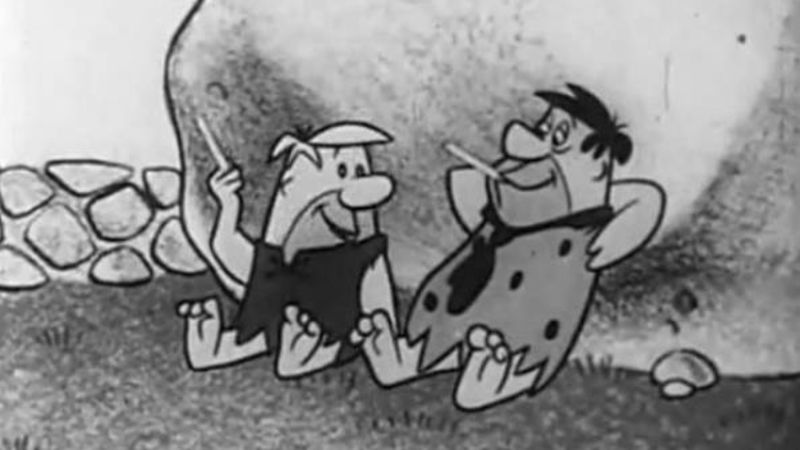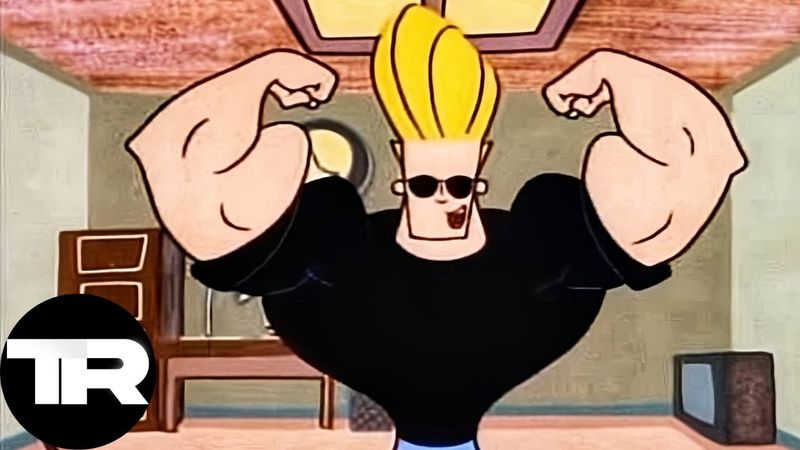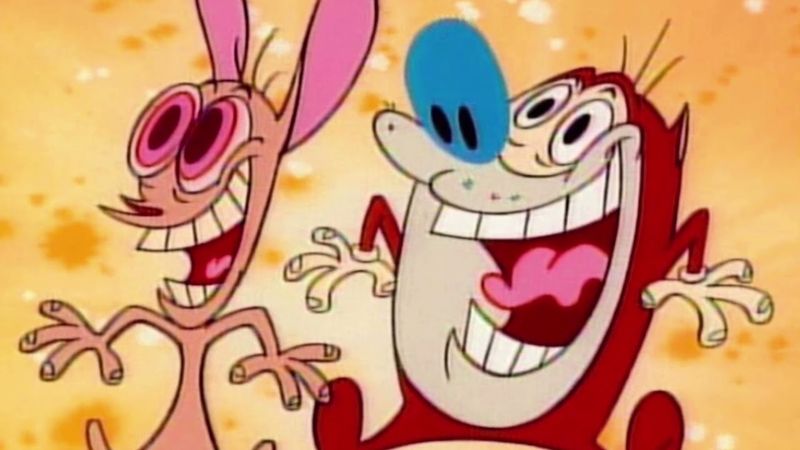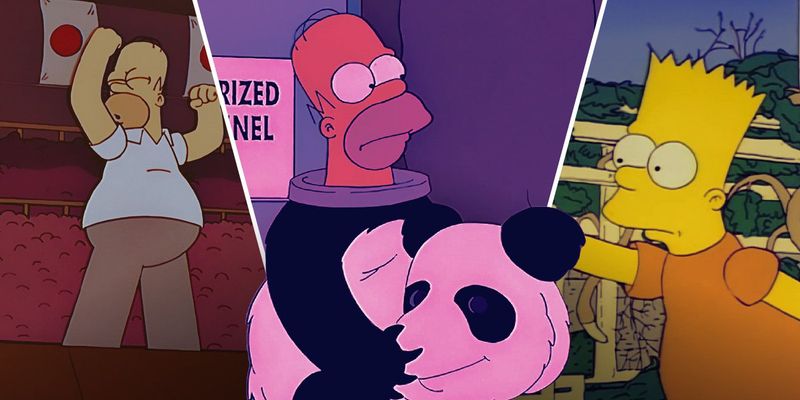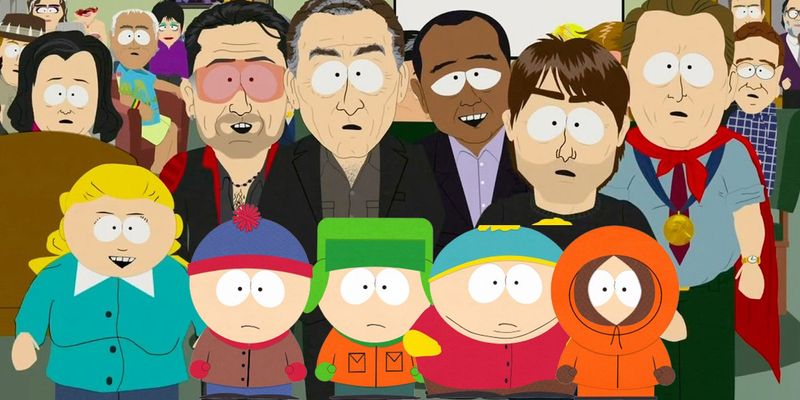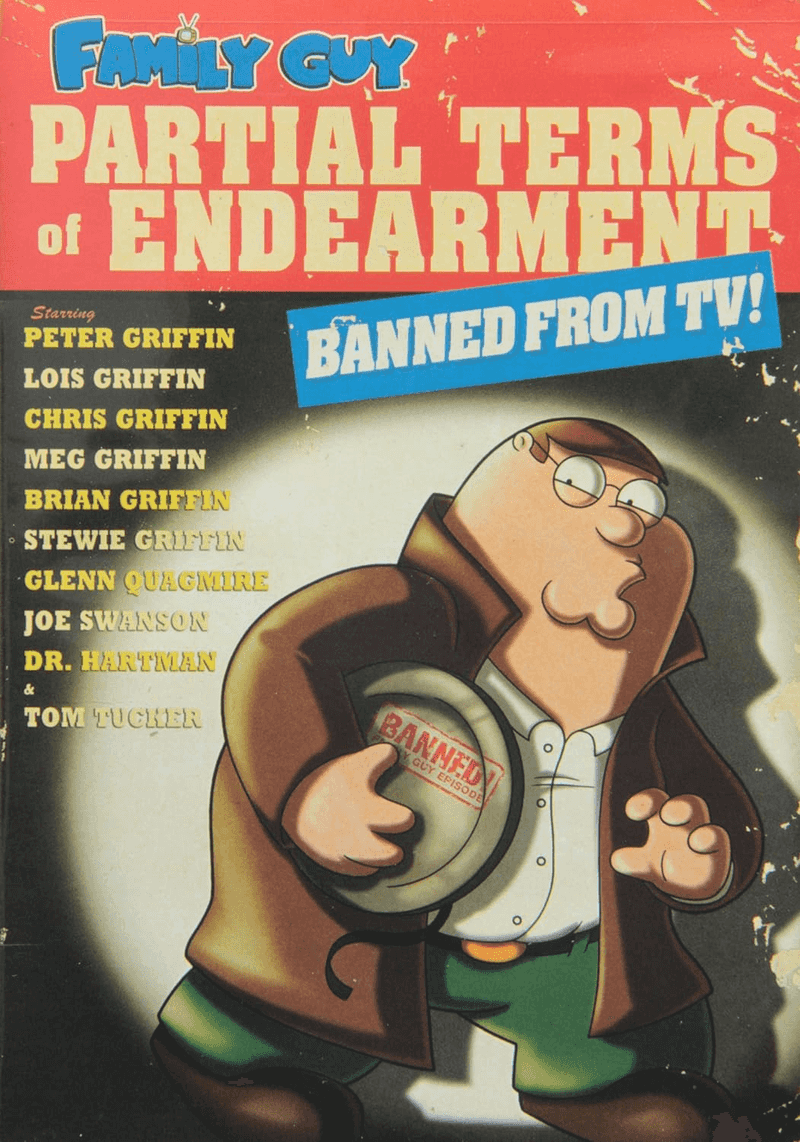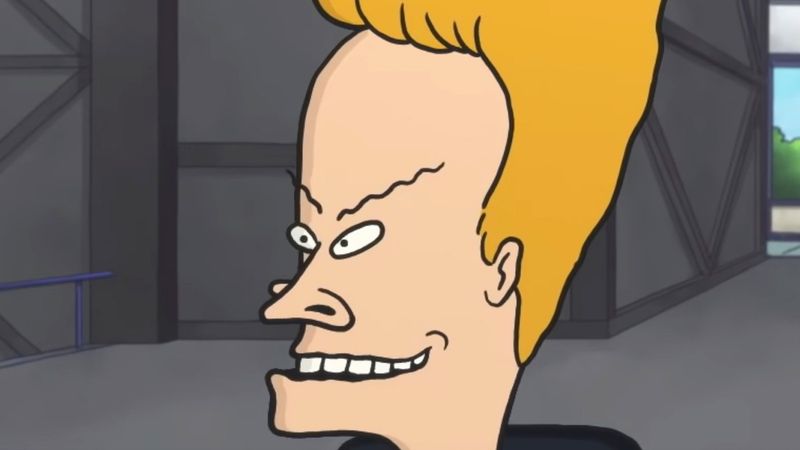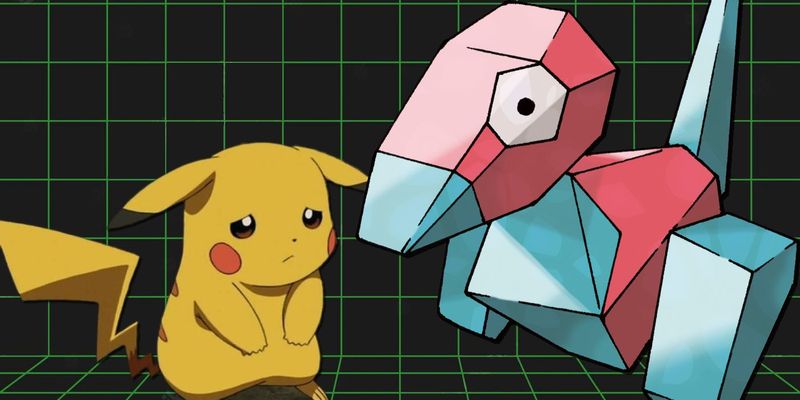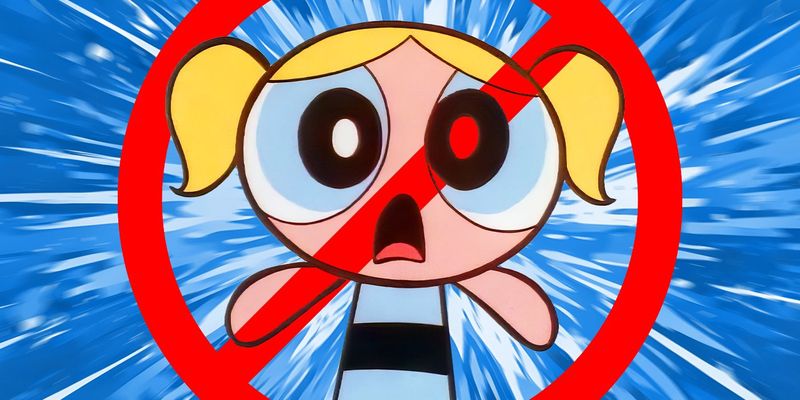Television has been a major part of our lives, showcasing countless cartoons that have left a lasting impact on our childhoods. However, some of these iconic cartoons have been banned from modern TV due to various reasons. This blog post delves into 17 legendary cartoons that faced the axe, exploring the fascinating reasons behind their bans. It’s an intriguing journey through the history of animation and the cultural shifts that led to these decisions.
1. Looney Tunes’ Racist Stereotypes
Looney Tunes, with their zany antics and memorable characters, were a staple of classic cartoons. However, certain episodes featured characters and scenes that today are considered racially insensitive. These episodes often portrayed exaggerated stereotypes that reflect the prejudices of the time.
As society progressed, reflecting on its past mistakes became essential, leading to these episodes being pulled from rotation. The removal of these episodes is a reminder of how far cultural understanding has come, and the importance of creating content that respects diversity and inclusivity.
2. Tom and Jerry’s Excessive Violence
Who doesn’t remember the endless chase between Tom the cat and Jerry the mouse? Known for its slapstick humor, ‘Tom and Jerry’ often depicted over-the-top violence. Although entertaining, these scenes raised concerns about their impact on young audiences.
As a result, some episodes were deemed inappropriate for modern viewers. The decision to ban these episodes reflects a growing awareness about media influence on children’s behavior and the importance of promoting healthier viewing content that balances humor with positive messages.
3. Speedy Gonzales and Cultural Sensitivity
Speedy Gonzales, the fastest mouse in all Mexico, was beloved for his quick wit and speed. However, his portrayal raised eyebrows due to cultural stereotypes. The character’s exaggerated accent and some of the settings were seen by some as perpetuating negative stereotypes.
Although popular among some viewers, these elements led to a temporary ban. The character’s journey reflects the ongoing conversation about cultural representation in media and the need for accurate, respectful portrayals that celebrate diversity rather than caricature it.
4. Popeye’s Pipe Smoking
Popeye, the spinach-loving sailor, was a hero to many kids, showcasing feats of strength powered by his favorite vegetable. Yet, his constant pipe smoking became a point of contention. With increasing awareness about health and the influence of media on children, showcasing smoking in cartoons raised red flags.
As a result, some episodes were removed from airing, aligning with efforts to promote healthy habits among young viewers. This move underscores the changing priorities in children’s media, where promoting positive role models is key.
5. Pepe Le Pew and Consent Issues
Pepe Le Pew, the amorous skunk, was known for his relentless pursuit of love, often ignoring the boundaries of consent. His behavior, once considered humorous, is now seen as problematic due to its implications about persistence and romantic consent.
This shift in perception led to the character’s episodes being pulled, highlighting a broader understanding of relationships and respect. The ban serves as a cultural reflection on the importance of teaching consent and respectful interactions from a young age.
6. Bugs Bunny in Blackface
Bugs Bunny, the clever rabbit, entertained audiences with his tricks and witty comebacks. However, some early episodes featured him in blackface, a practice rooted in racial discrimination. These portrayals are now rightly recognized as offensive and inappropriate.
The decision to ban such episodes marks a commitment to eradicating racist imagery in media. It serves as a reminder of the harmful impact of such portrayals and the ongoing journey towards equality and respect in entertainment.
7. Scooby-Doo’s Drunken Shaggy
Scooby-Doo and the gang were icons of mystery-solving fun, with Shaggy’s quirky personality providing comic relief. However, certain episodes depicted Shaggy in scenarios suggestive of drunkenness, an element that clashed with the show’s family-friendly image.
These portrayals were eventually deemed inappropriate, leading to their removal. It highlights the importance of maintaining a consistent tone in children’s programming and the responsibility of creators to align content with the expectations of their audience.
8. The Flintstones’ Smoking Commercials
The Flintstones, while a parody of the modern family set in the Stone Age, sometimes featured the characters endorsing smoking in commercials. These episodes from the past reflected an era when such advertising was more common.
With current knowledge on health, these commercials were pulled from circulation. The decision underscores a shift in societal values, emphasizing the role of media in promoting healthy lifestyles and the need to protect young audiences from harmful influences.
9. Johnny Bravo’s Objectification
Johnny Bravo, known for his exaggerated machismo and flamboyant style, often made light of objectifying women. While humorous, the show’s portrayal of gender dynamics faced criticism for promoting outdated stereotypes.
Episodes that exemplified these behaviors were eventually pulled to align with modern views on gender equality and respect. This change reflects a broader cultural shift towards fostering healthy relationships and respect for all genders in media portrayals.
10. Ren & Stimpy’s Adult Themes
Ren & Stimpy pushed the boundaries of children’s animation with its crude humor and bizarre storylines. While adored by some for its daring content, the show faced criticism for its inclusion of adult themes.
This led to certain episodes being banned or labeled as inappropriate for younger audiences. The controversy surrounding the show underscores the fine line between pushing creative boundaries and maintaining age-appropriate content.
11. The Simpsons’ Critique of Authority
The Simpsons, known for its satirical take on modern society, has never shied away from critiquing authority figures. Occasionally, this led to episodes being banned in certain regions due to their bold social commentary.
The bans highlight the ongoing tension between creative expression and censorship, reflecting the challenges faced by creators in addressing societal issues while respecting diverse viewpoints.
12. South Park’s Religious Satire
South Park is infamous for its irreverent humor and willingness to tackle sensitive topics, including religion. Some episodes featuring religious satire were banned due to their provocative content.
The show’s approach stirs debate about the limits of satire and freedom of expression, balancing humor with respect for religious beliefs. The bans reflect this ongoing dialogue in society.
13. Family Guy’s Dark Humor
Family Guy, with its edgy humor, often touches on controversial subjects. Its approach to dark humor has led to some episodes being banned for crossing social boundaries.
While the show’s boldness is part of its appeal, it also raises questions about where to draw the line with comedy, particularly regarding sensitive issues. The bans serve as a testament to the evolving standards of taste and decency in entertainment.
14. Beavis and Butt-Head’s Unsafe Behavior
Beavis and Butt-Head, known for their juvenile antics, often engaged in behavior that could be seen as promoting unsafe activities. This led to certain episodes being pulled due to concerns about their influence on impressionable viewers.
The show’s legacy highlights the responsibility of creators to balance humor with safety, ensuring that content doesn’t inadvertently encourage harmful behavior.
15. Pokemon’s Seizure Incident
Pokemon, beloved for its captivating adventures, once faced controversy due to an episode that triggered seizures in viewers. The episode, featuring rapidly flashing lights, was promptly banned worldwide.
This incident emphasizes the importance of considering health and safety standards in animation production, ensuring that content is safe for all audiences to enjoy.
16. The Powerpuff Girls’ Violence
The Powerpuff Girls, known for their super-powered action, sometimes showcased violence that raised concerns among parents. Despite the show’s positive themes, some episodes were deemed too intense for young viewers.
The bans highlight the ongoing balance between delivering exciting content and ensuring it remains suitable for children, reflecting the evolving standards of children’s programming.
17. Dragon Ball’s Adult Content
Dragon Ball, with its epic battles and expansive storylines, occasionally included content not suitable for younger audiences. Scenes with mature themes and violence led to certain episodes being banned or censored.
These decisions underscore the importance of aligning content with age-appropriate guidelines, ensuring that the beloved series remains accessible to its intended audience without crossing sensitive boundaries.
